The work, which began in the fall, is a lead-up to the installation of positive train control. Automatic block signals, also known as intermediates, are being removed entirely, while interlockings are being converted to Safetran four-color hooded signals. Until PTC goes live on the Pittsburgh Line, train and engine crews between interlockings are relying solely on traditional Pennsy/Penn Central/Conrail/NS cab signals to instantly show indications.
In all, the cutover will have resulted in 27 interlockings with more than 100 signals being replaced, and more than 60 automatics with more than 200 signals being removed. While Conrail and NS had made a few spot replacements, position-lights overwhelmingly guarded the main line until now.
Work is being carried out on Sundays to minimize the impact on traffic. Now designated as NS’s Pittsburgh Line, the 248-mile route handles 50 to 60 freights a day, plus Amtrak’s Pennsylvanian. Once known as the PRR’s four-track Great Broad Way, the line is now mostly double-track, with alternate single-track relief routes available between Johnstown, Pa., and Pittsburgh, and three tracks on the 40 miles over 2,200-foot-high Allegheny Mountain. Signals are spaced mostly at intervals of two or three miles, but on most of the mountain’s East Slope grade, which includes Horseshoe Curve and reaches a steepness of 1.8%, they are located every mile.
This style of signal has protected, moved, and stopped Pennsy, Penn Central, Conrail, and NS trains for more than a century.
Installed at Paoli, Pa., as early as 1914, position-light signals mimic the action of a movable semaphore blade, the type of signal that they replaced. The railroad collaborated with Union Switch & Signal of Swissvale, Pa., an affiliate of the former Westinghouse Air Brake Co., to design position lights. Wholesale adoption on the Pennsy began in 1921.
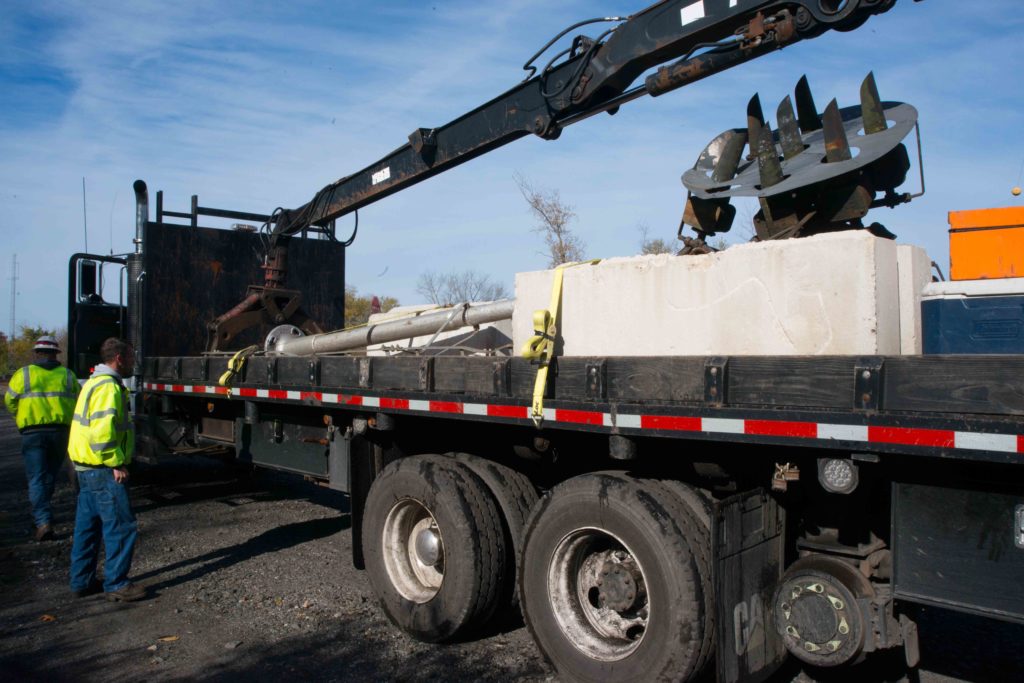
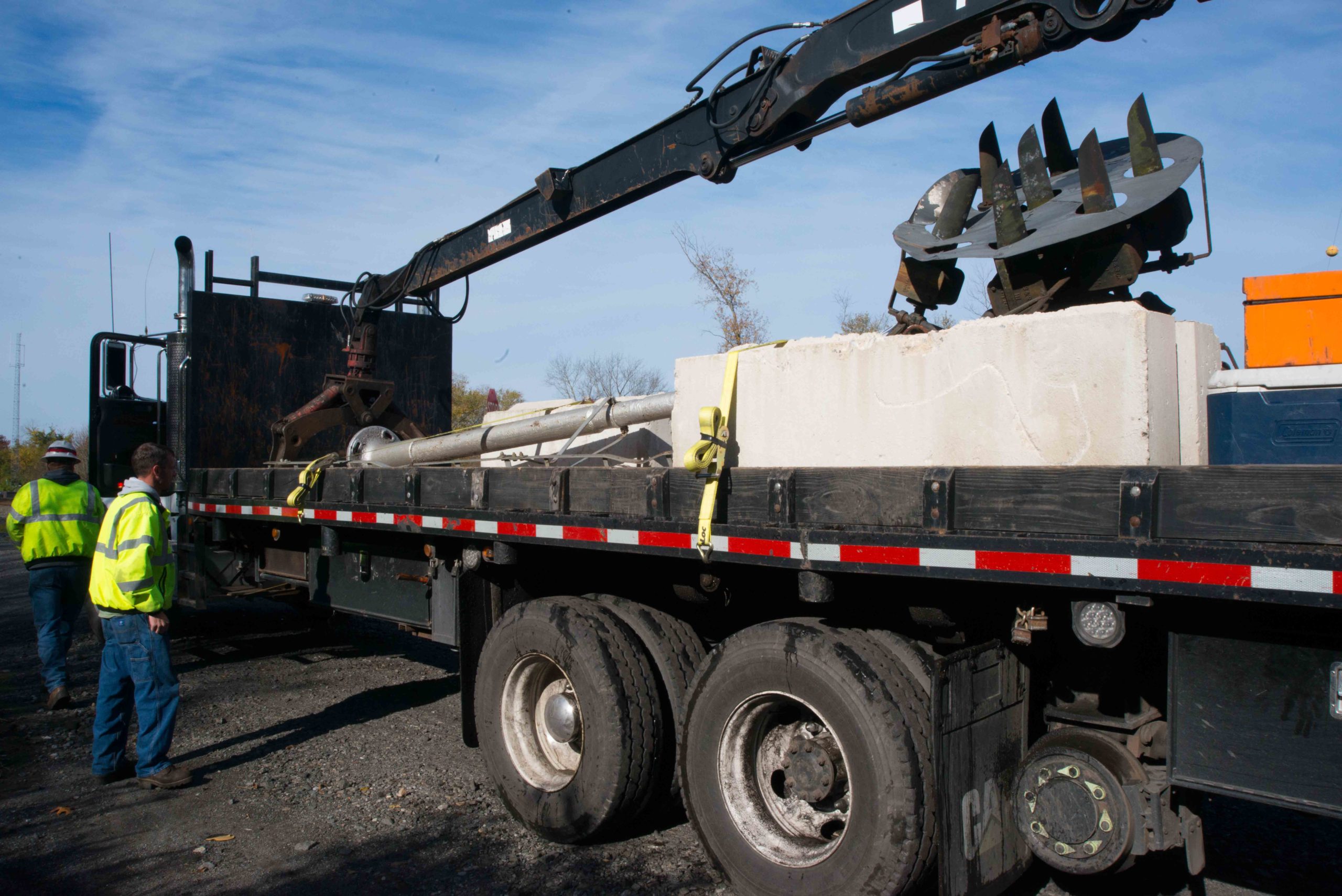

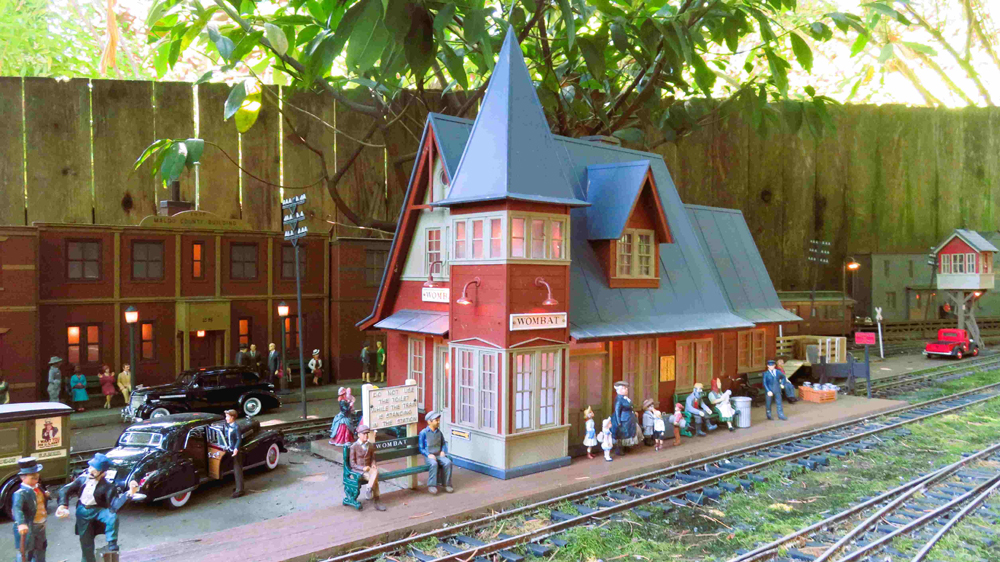

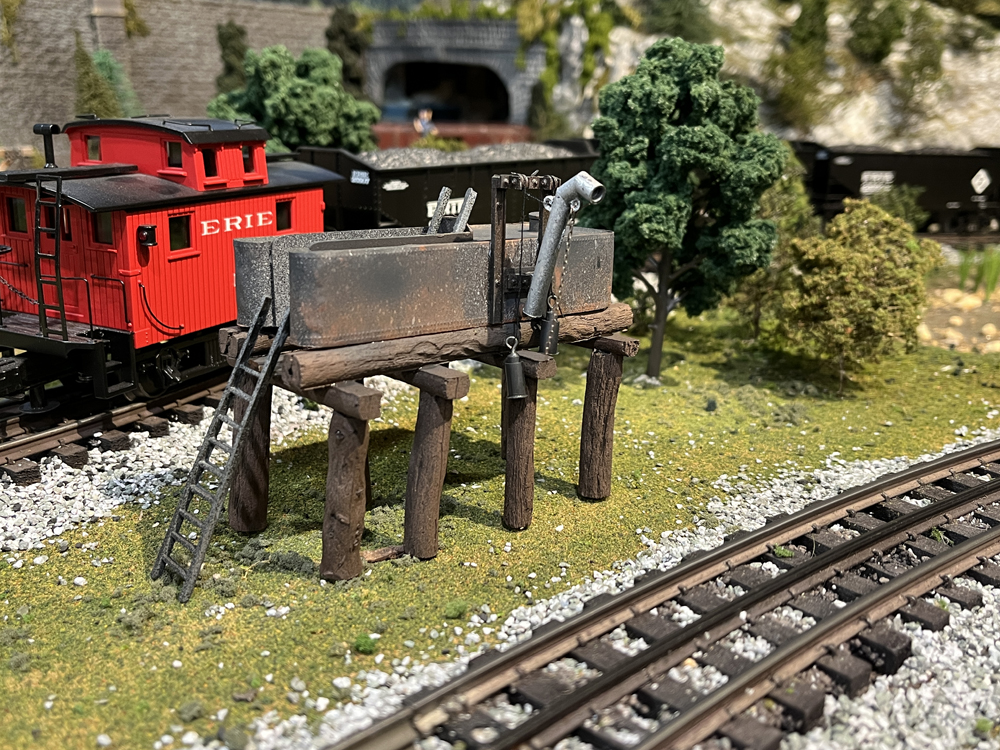
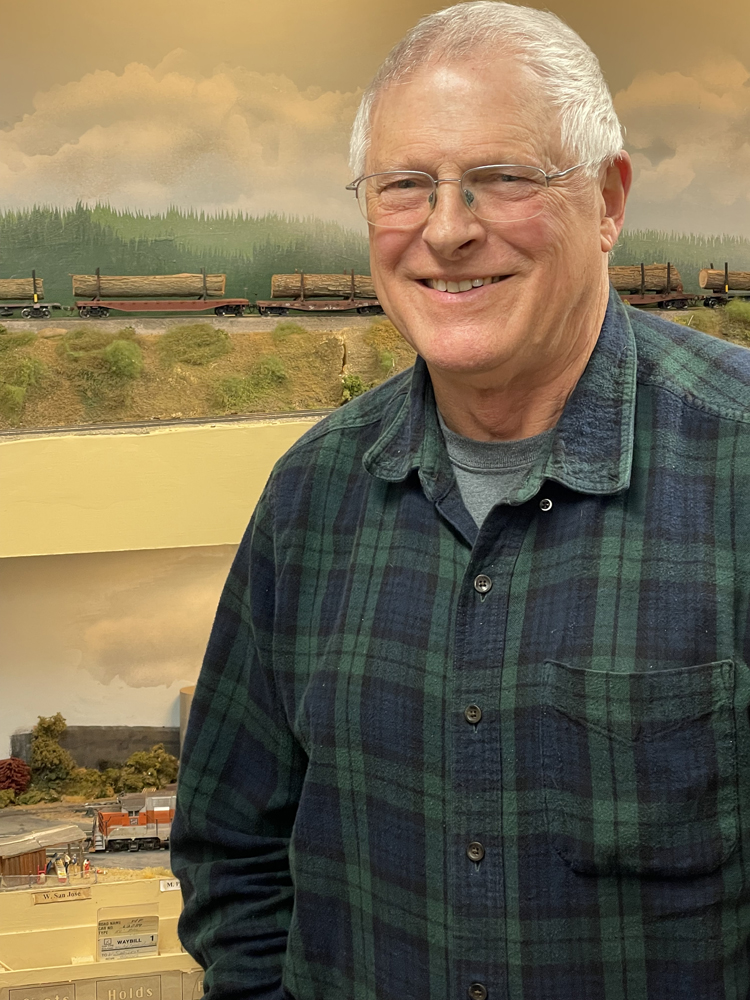
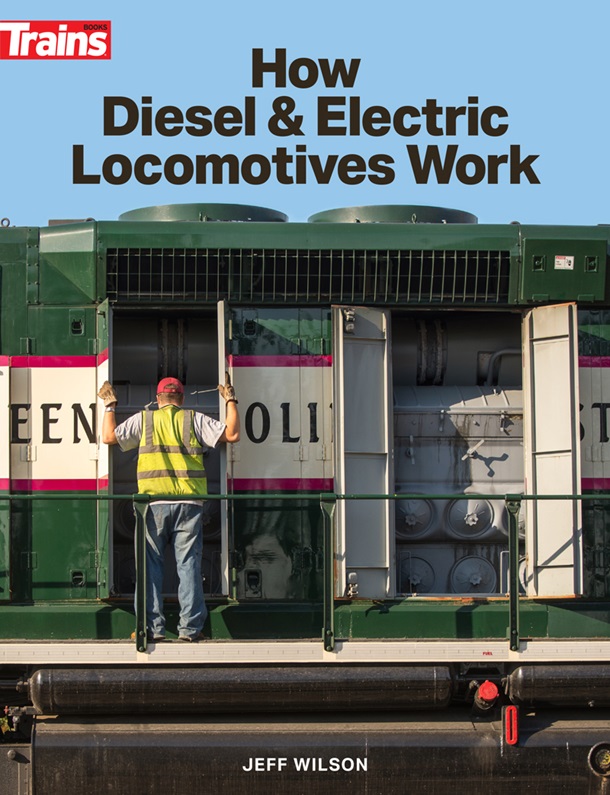

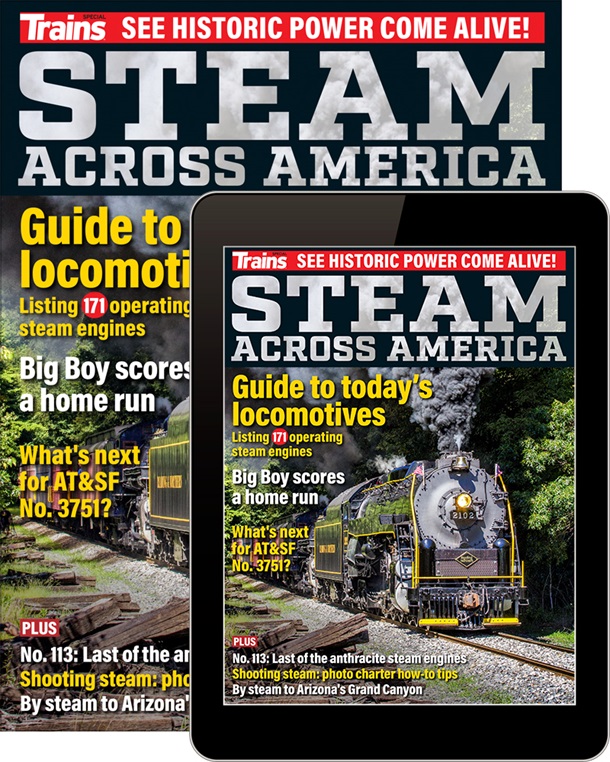

Does anyone know the name of the contractor that had the NS signal removal project?
And today the march of “progress” continues. As the type the C & S system gang is finishing up cutting over Altoona through MG, the segment passing through Horseshoe Curve. Although all the automatic signals on this stretch were replaced with modern NS-styled Safetran color light signals
MG itself still had Position Light signals, which have been replaced today. Ironically all the automatic signals on contemporary signal bridges were removed and carted away by a hi-rail truck powered work train of flat cars. MG up to UN/AR is rumored to happen in two weeks. Get your position light signal pictures now.
More Blommer chocolate tales…many years ago I was told about an idiosyncratic chocolatier in Oshkosh, Wisc. who sold out of the basement of a house, 2 blocks west of the C&NW main and its 1899 swing over the Fox river.
Hughes “Ho-Maid.” Up the driveway to the side door, down into a basement reeking of chocolate, a floor clean enuf to eat from, and stacks of Blommers light and dark slabs, which you could purchase A huge tabletop of toffee cooling on the marble. Nothing has changed since then!!!! (except the prices).
@Curtis Larson: Ah, yes. Blommer chocolate. The highlight of my day was passing the plant on the way to and from the CNW depot. Especially in the afternoon, when we would bring our trains from the California Avenue yard. The railroad would send us from the yard in a particular order, staging the equipment awaiting a track in the depot. More often than not, we would end up waiting at the Clinton St. tower, right next to the factory. Sometimes I felt as though I was going to hyperventilate from inhaling the aroma so quickly and deeply. I had always wanted to ask the Clinton St. tower operator how they dealt with the aroma all day long, at least on the days of wind from the west.
Yes, again more thanks for good info. I wondered about the pecking order at A-2. Many years ago, back when it was still ordinary/customary, I was invited up into the tower and watched the choreography. The operator’s only explanation was “it’s always been done this way.” While I remember the Hi’s boiling westbound out of CUS, I suspect their speed perhaps being limited by the grade crossings, allowing C&NW line movements to pass.
@Curtis Larson: I assume you mean those old semaphores that signaled trains coming out of OGT.? We used to laugh because we would highball out of OGT on the CNW and pass a MILW Metra commuter train coming out of CUS.
But we always had to brake at A2 and let him go by at the crossover.
Every week I used to watch them remove the old CNW line that ran down hill to street level, go under the main and enter the drawbridge at Canal by Cassidy Tire. That line used to run all the way to Ogden Pier at Lake Michigan, As of today the bridge is locked in the up position and the rail removed under the Merchandise mart.
They used to bring newsprint for the Sun-Times printing presses down that line. Sun-Times has moved and the property is now Trump Tower Chicago. Now it is connected to the Tribune Freedom Center yard collecting dirt unfortunately. After problems with trespassers, UP finally put up a locked fence at the bridge entrance
Many thanks to those informative commentators on the Milw.Rd./Pennsy signals. Remember as a kid back in the early 1960’s doing a “what the..?” when first seeing them west of CUS.
Yes, I also was surprised at the rate of real estate change west of CUS, especially what appeared to be the abandonment of the the 4th main. More than 2 decades ago when our son was little, a treat was to park in the Blommers Chocolate factory lot and, amidst the aromas, watch the old C&NW and Milw. lines action. Remarkable were the old C&NW signal bridges, iconic in their own way as the Pennsy’s PLSs.
@Keith Robbins: Thank you for the in depth historical on that space. I probably got CSX mixed up with NS, it has been so long since I have traversed those rails and saw the engine sitting on that ADM siding periodically. I just remember asking myself why is there a foreign engine switching in hoppers where they typically don’t travel.
I did recognize those dark Pennsy lights and that is when I found out the old Pennsy freight house was up there between Canal and Milwaukee Ave.
All of those areas where the MILW, the Pennsy. the CNW all came together has changed in a big way over the years. Those former MILW tracks were shifted to increase the amount of real estate that could be developed.
I am surprised there isn’t a marker down there where the Galena & Chicago Union started.
They should auction them off ! I’d buy one.
Remove all signals…What happens when PTC is down or you have to run with it cut out-yeah, it happens more than you may think.
Mr. Rice: You sort of got some of the facts on the PRR and ADM switching, but from personal experience from Conrail and NS, I can elaborate on the history of the line. This originally was a PCC&ST.L predecessor’s line into Chicago. In 1872, in order to get the city of Chicago to grant them a franchise to build into Chicago, the PRR predecessor agreed to grant trackage rights over their railroad to the Chicago & Milwaukee – a Milwaukee Road predecessor. PCC&St.L remained in control of the line. In 1905, per one of the Chicago elevation ordinances, the railroad (it was the PCC&St.L by then) had to elevate a portion of their track on this line. For whatever reason not laid out in the agreement, the PCC&ST.L made an agreement with the then Milwaukee Road to establish a four track main laid on a 50/50 undivided ownership between the two companies. The PCC&ST.L would continue to have 100% ownership on most of the various sidetracks and yards and would dispatch, operate and maintain the mains, bridges and signals. Eventually, they became to be known as the North Joint Tracks. (The joint Alton/PFW&C tracks into Union station were known as the South Joint Tracks).
I can only assume that because of the heavy cost of the elevation of the tracks and with the PFW&C having the PRR’s preferred route into Chicago Union Station, that the PRR somehow wanted the Milw Road to share in the capital costs of the elevation. Or maybe the Milw Road insisted on some ownership in agreeing to bear some of the costs of the elevation. As I wrote, there is no why in the records that I have seen as to why the trackage rights got changed to the 50/50 undivided ownership (by undivided I mean that there is no property line down the center of the jointly owned property). The resulting agreement had the Milw Road paying for the expenses based upon their percentage of use.
As far as I known, there was no CSX switching of ADM. C&EI had some sort of trackage rights over the PCC&St.L in the 1800’s, but that has been long gone. I’ve seen the original sidetrack agreement with the ADM predecessor and it was PCC&St.L and PRR all the way. In Conrail days, ADM was switched out of Ashland Ave. and that continues today by NS out of Ashland Avenue. By the way, the ADM mill is closing soon or has just closed so it’s possible that there is nobody switching what was ADM. There are big plans (supposedly) for developing the site once the mill is gone.
It’s hard to say when the Milw Road took over the signal maintenance. There was a 1961 agreement in the files that formerly handed over the signal maintenance responsibilities, but noted that it had already been informally taken over by the Milw Road at some unknown time. Nothing in the files about when the dispatching was taken over by the Milw Road. So the PRR tracks didn’t parallel the Milw. The four mains (it’s three now with just a stub left of the fourth main) were PCC&St.L/PRR’s sitting on jointly owned property. I don’t know the exact history of the signal installation, but I can only assume that when they were installed, the PRR was still doing the signal maintenance hence the use of the PL signals. Like I wrote, even in 1961, nobody was around that had the historical knowledge to be able to cite when the Milw Road took over the signal maintenance.
The next thing in the files was a 1978 agreement between Conrail and the Milw Road where the Milw Road took over the track maintenance, except for the bridges. That came later at some undocumented time. Since I wasn’t there in 1978, I don’t know exactly when the Milw Road may have taken over track maintenance and if the 1978 agreement was just a way of formally covering an already accepted practice. When the Milw Road sold to Metra, what they sold was their 50% share of the undivided jointly owned property. Conrail continued to hold their 50% which went to NS in the merger. Conrail, and later NS, maintained their tracks that sit on property that was 100% owned by Conrail/later NS (such as the sidetracks into ADM). However, Conrail continued after the merger, and may still do so if they’re still there and in use, to receive rent for the fiber optics lines buried along that track.
In the 1980’s. Conrail abandoned the former PCC&ST.L between Ogden Junction and Western Avenue and reached the North Joint Tracks via trackage rights over the C&NW – now UP. And that’s how NS gets to ADM today. No CSX and no METRA switching freight at ADM. Most of the ADM traffic then (and may still do) came in over the CP and eventually made its way over to Ashland Avenue for NS to perform the deliveries and pulls.
Ok this is a start…, but eliminate all signals. With PTC trains can become the the block with restricting indications based on speed, geography and stopping distance..
I work for a NS maintainer who also runs a model railroad store near my house. He said that the total process should take about 4 weeks here in the middle of June to replace Altoona to Huntingdon with a stay in a hotel at Holidaysburg. A lot of work, a lot of track authorities, and a lot of possible confusion a commin’
Boo
The position lights seemed to me to be the last major remaining memory of the PRR in all its glory. I will miss seeing them on the mainline. I believe there are some still remaining on other original Pennsy lines but who knows how long they will last.
@Curtis Larson: Indeed these were orphan Pennsy era position lights from the days when the Pennsylvania came up and reached its freight house on Canal Street in downtown Chicago and entered CUS from the north. It paralleled the Milwaukee and shared their light towers.
That Pensy yard didn’t get pulled up until after 2000 (very rusty) and there was still 1 online customer (an ADM flour elevator) served by CSX for many years. Once CSX shed their rights from the Conrail split, Metra now switches in the grain hoppers on the siding. Yes, there is a 5 stack grain elevator in downtown Chicago.
That Pennsy yard was called Robey Street Yard, not to be confused with the B&OCT Robey Street Yard. Today Robey Street is Damen Avenue. That Pennsy yard ran from Western Avenue to Ogden Ave. on the south side of the Milwaukee tracks. The Milwaukee Union Street yard was just north of the Pennsy Freight House and today is developed real estate. Union Street was demolished when the Kennedy Expressway was built.
When I last looked the Pennsy lights were pulled down sometime after Metra upgraded the signaling between Tower A2 and CUS.
They were never lit in my time on Metra and judging by the amount of rust on the yard rails, appeared to have been dark since they became Conrail.
David; make that a double boo.
Jeffrey; Lehigh Valley used PRR style position lights for a period of time too
Also forgot to mention that a pitstop/picnic lunch at Cresson, Penna. last Sat. showed new signal equipment ready to get plugged in…and one of those miles long empty hopper jobs westbound.
Curtis Larson. That was CP Morgan. It is gone.
Sticking out like a sore thumb is (was?) a solitary Pennsy PSL along the Milwaukee’s ROW west of CUS about halfway to tower A2. This oddity, located on the southside of the east/west alignment of the ROW, did not appear to be functional. Perhaps others may wish to comment with more info.
NYC is fast becoming the last stand of the position lights — we have AMTK’s on NEC, SIRT with their CPLs and LIRR with their PLSs.
Jeffrey: Long Island; many if not all still in existence.
Leave to The Standard Railroad of the World to come up with one of the most, if not the most, safest signal design of its time. The lights were a pale yellow (my guess for the name) which would be visible in the fog. Red and green lights came later. Other than N&W, I don’t know of a Pennsy-owned road that adopted these signals.